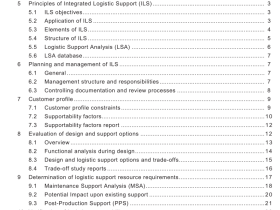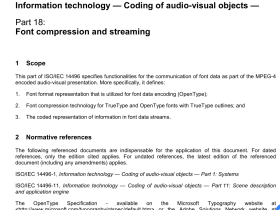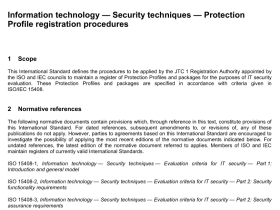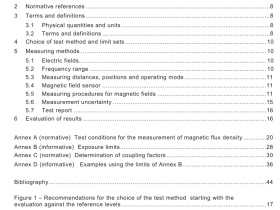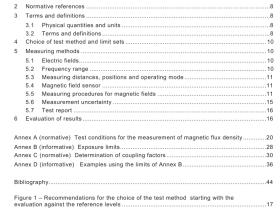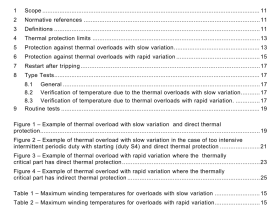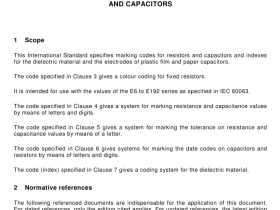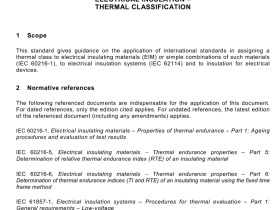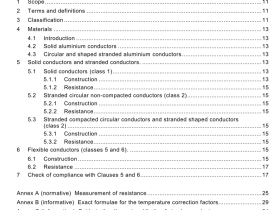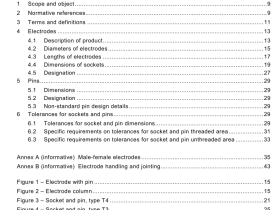IEC TR 62362 pdf download
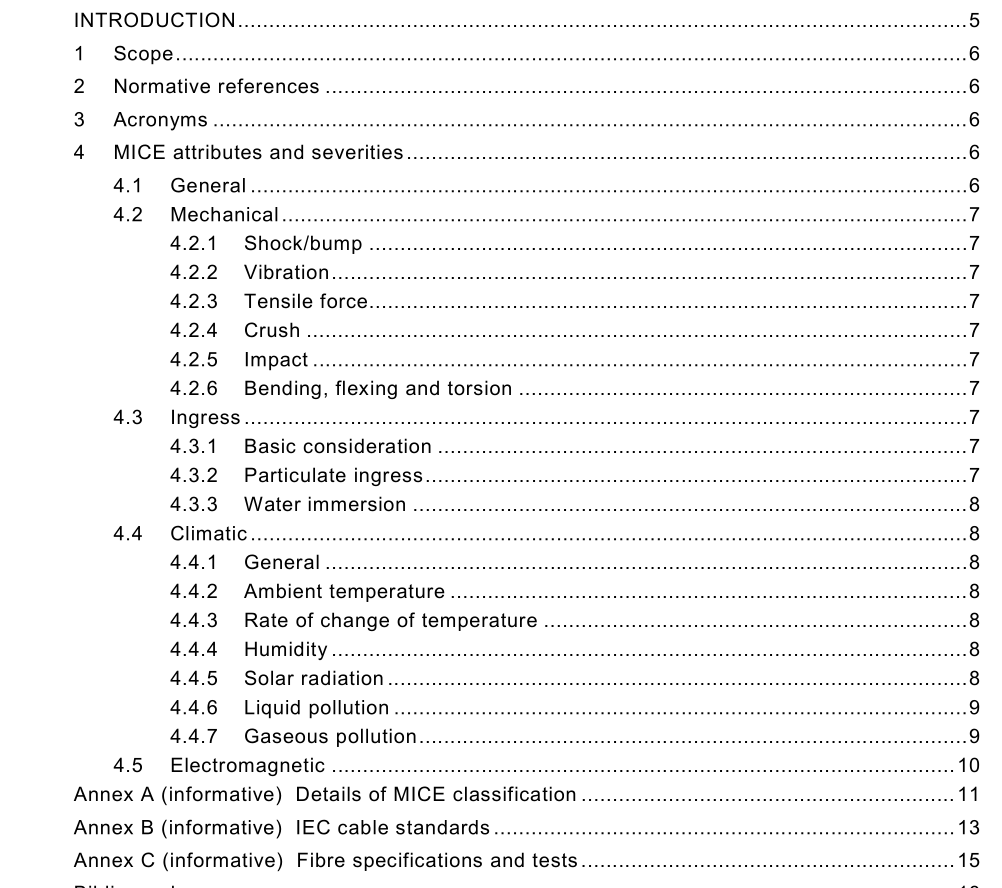
IEC TR 62362 pdf download Selection of optical fibre cable specifications relative to mechanical, ingress, climatic or electromagnetic characteristics – Guidance
1 Scope
The purpose of this guidance is to provide information on the specification of optical fibre cables with respect to the mechanical, ingress, climatic or electromagnetic characteristics (MICE) as classified within ISO/IEC 24702. In this classification system each letter of the four initials of the acronym are subscripted with a value of from one to three to indicate different severities. The current attributes and severities are found in Annex A.
2 Normative references
The following referenced documents are indispensable for the application of this document. For dated references, only the edition cited applies. For undated references, the latest edition of the referenced document (including any amendments) applies.
IEC 60794-1 -2, Optical fibre cables – Part 1-2: Generic specification – Basic optical cable test procedures
IEC 60794-2 (all parts), Optical fibre cables – Part 2: Indoor optical fibre cables
IEC 60794-3 (all parts), Optical fibre cables – Part 3: Outdoor cables
ISO/IEC 24702, Information technology – Generic cabling – Industrial premises
ISO/IEC 1 1 801 , Information technology – Generic cabling for customer premises
3 Acronyms
MICE Mechanical, ingress, climatic and chemical, electromagnetic
4 MICE attributes and severities
4.1 General
The MICE classification system has three levels of severity:
– the first level of severity (M 1 I 1 C 1 E 1 ) describes a typical environment such as that assumed within ISO/IEC 1 1 801 ; (i.e. office premises etc.);
– the second level of severity (M 2 I 2 C 2 E 2 ) describes a worst-case light industrial environment;
– the third level of severity (M 3 I 3 C 3 E 3 ) describes a worst-case industrial environment.
See Annex A for a more detailed description of the MICE severity levels.
4.2 Mechanical
4.2.1 Shock/bump
Shock and bump are not specified for optical fibre cables. They are inherently robust in this respect. A more important attribute is bending.
4.2.2 Vibration
Vibration in the industrial premises (as opposed to wind induced vibration on aerially deployed cables) is not specified for optical fibre cables. They are inherently robust in this respect.
4.2.3 Tensile force
For outdoor premises cables specified in IEC 60794-3 series, manufacturers specify a rated tensile force. The requirement is that the fibre shall not exceed a percentage of the proof test strain (to be agreed between customer and supplier) when the cable is tested at the rated load. For indoor cables, the different family specifications of IEC 60794-2 series have different requirements on the tensile load.
4.2.4 Crush
For optical fibre cables, the crushing force is applied in a plate to plate test.For indoor cables, crush is specified at 500 N. For outdoor cables, different levels are specified depending on whether the cable is armoured or not. For unarmoured cable, values of between 1 500 N and 3 000 N may be specified. For armoured cable, values between 2 200 N and 1 0 000 N may be specified.
